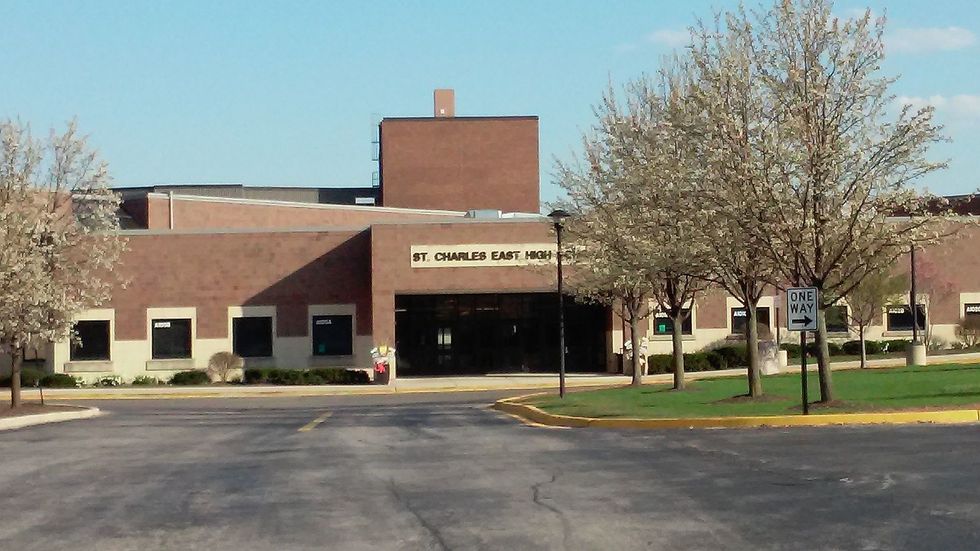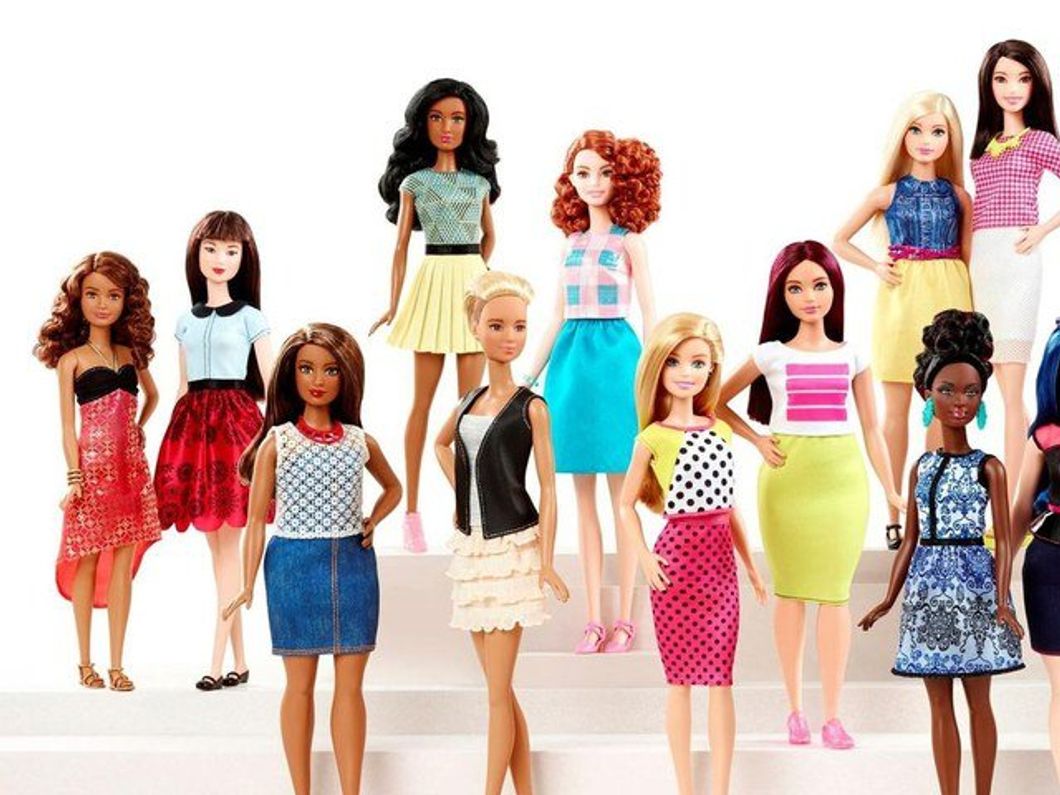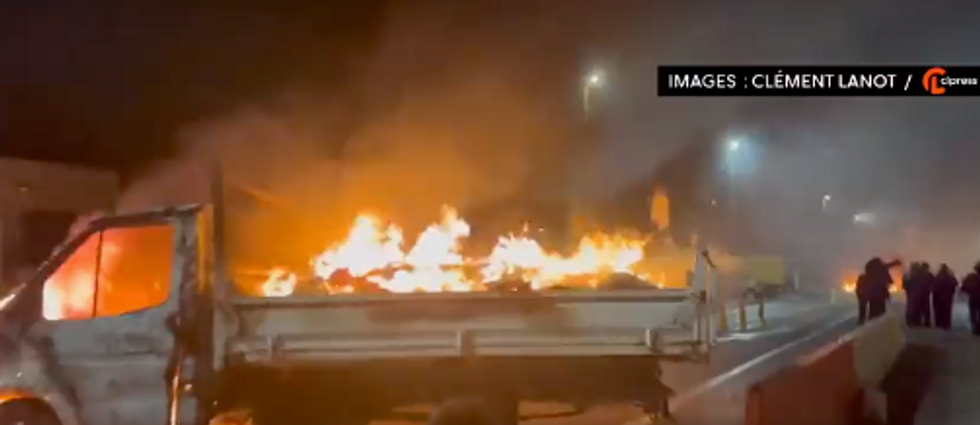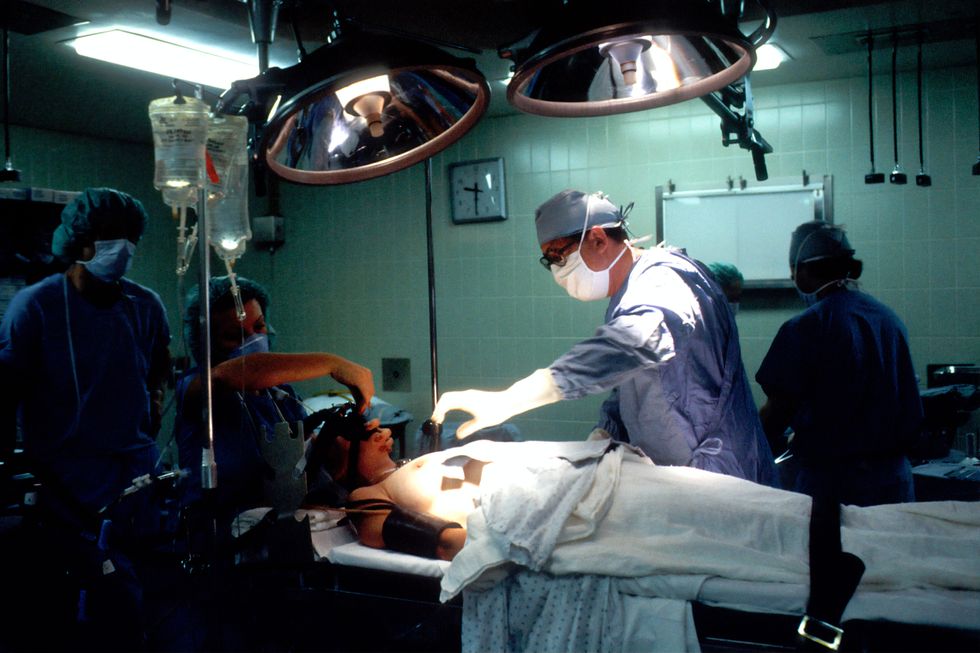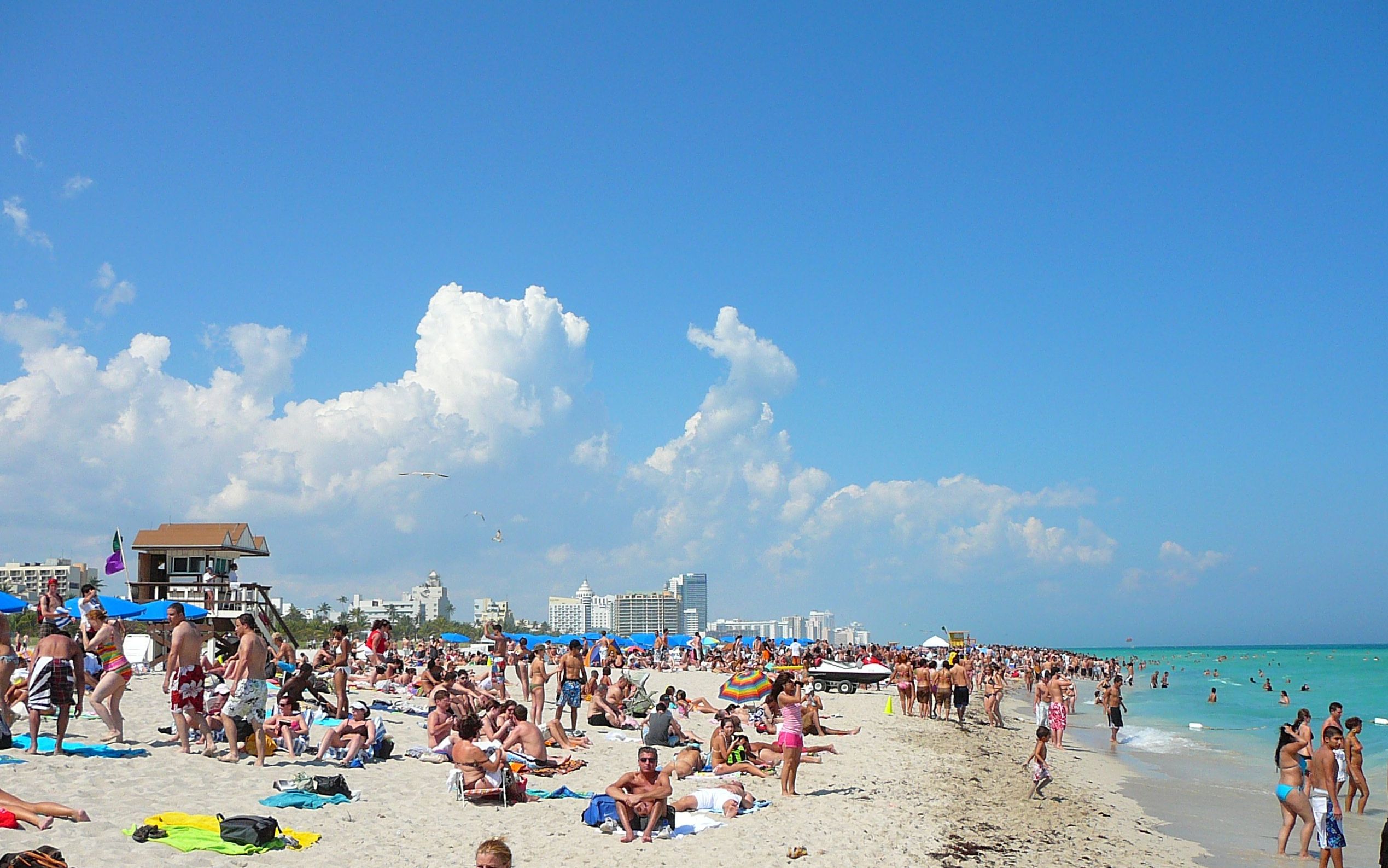On Monday, January 9, 2017, more than 800 students called in sick from St. Charles East High School. At the time, I was a senior at St. Charles East and had just returned from the 2017 Theatre Fest weekend trip at the University of Illinois Urbana Champaign. On the trip, every member of my hotel room had become violently ill with some kind of stomach bug. Word got to us that some of our friends back in St. Charles were experiencing similar symptoms, and by Monday morning, more than 800 students had called in sick. The school was closed for two days.
Within a week, the mystery stomach bug that forced hundreds of students into staying home was confirmed to be norovirus, a highly contagious virus that causes vomiting and diarrhea. Norovirus can be transmitted by "having direct contact with an infected person, consuming contaminated food or water, or touching contaminated surfaces and then putting your unwashed hands in your mouth." Most importantly, norovirus is not an airborne disease, yet over 800 students at St. Charles East High School contracted the virus over a one week period after returning to school from winter break.
You would think that a school district that experienced such a rapid outbreak of a direct contact transmission virus would understand that reopening schools in the presence of a highly contagious, potentially airborne virus is a recipe for disaster.
St. Charles School District 303 (CUSD 303) released their plan Monday, July 13, 2020. to reopen all district schools mid-August despite increases in confirmed COVID-19 cases in the state of Illinois.
It seems obvious to me, as someone who experienced a virus outbreak that affected roughly 32 percent of the school in just one week, that reopening cannot possibly be done safely in CUSD 303 schools.
The district plans to reopen St. Charles high schools at half capacity, with students being divided into two groups based on last name, but this scenario will still require hundreds of students to be in school each day. Given our district's recent experience with a non-airborne virus, their plan to reopen schools during a pandemic involving a potentially airborne virus comes across as irresponsible, poorly planned, and dangerous for students, faculty, and staff.
CUSD 303 is offering a fully remote option for students, though they do not have a list of course offerings or instructors for the remote plan, and they have offered no insight as to what type of instruction remote learning students will receive.
As someone with a sibling at St. Charles East High School and a parent who works in another CUSD 303 school, I fear for the safety of my family upon their return to school and work.
I remember what it was like to fear going to school because I thought I would end up with a nasty stomach bug. Now CUSD 303 families have to fear contracting a virus that could leave them with permanent lung damage, blood problems, and even death.
My purpose in sharing this experience and my thoughts on the matter is to bring awareness to the fact that American school districts, specifically the one in my hometown, are explicitly ignoring past experiences of virus outbreaks in schools in order to push reopening. Our students, faculty, and staff are being forced to choose between a seemingly nonexistent remote learning plan and entering buildings that are almost guaranteed to be a petri dish for COVID-19.
From the beginning, the United States has handled the COVID-19 pandemic poorly in just about every facet, and it is both disappointing and concerning that thousands of Americans, including my own family, are about to be thrown into an extremely high-risk situation because our schools were unable and unwilling to create a holistic remote learning plan for the autumn 2020 semester.

